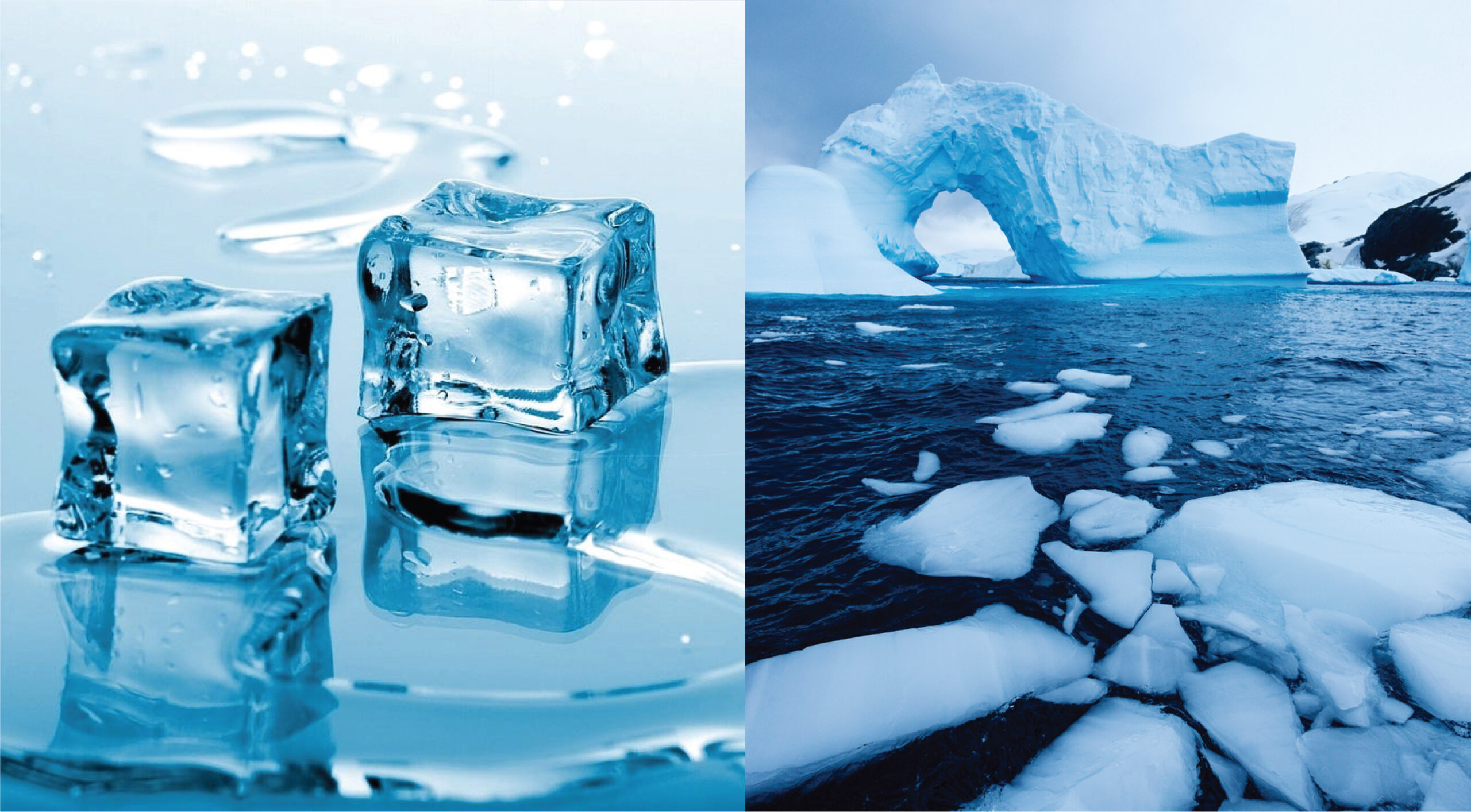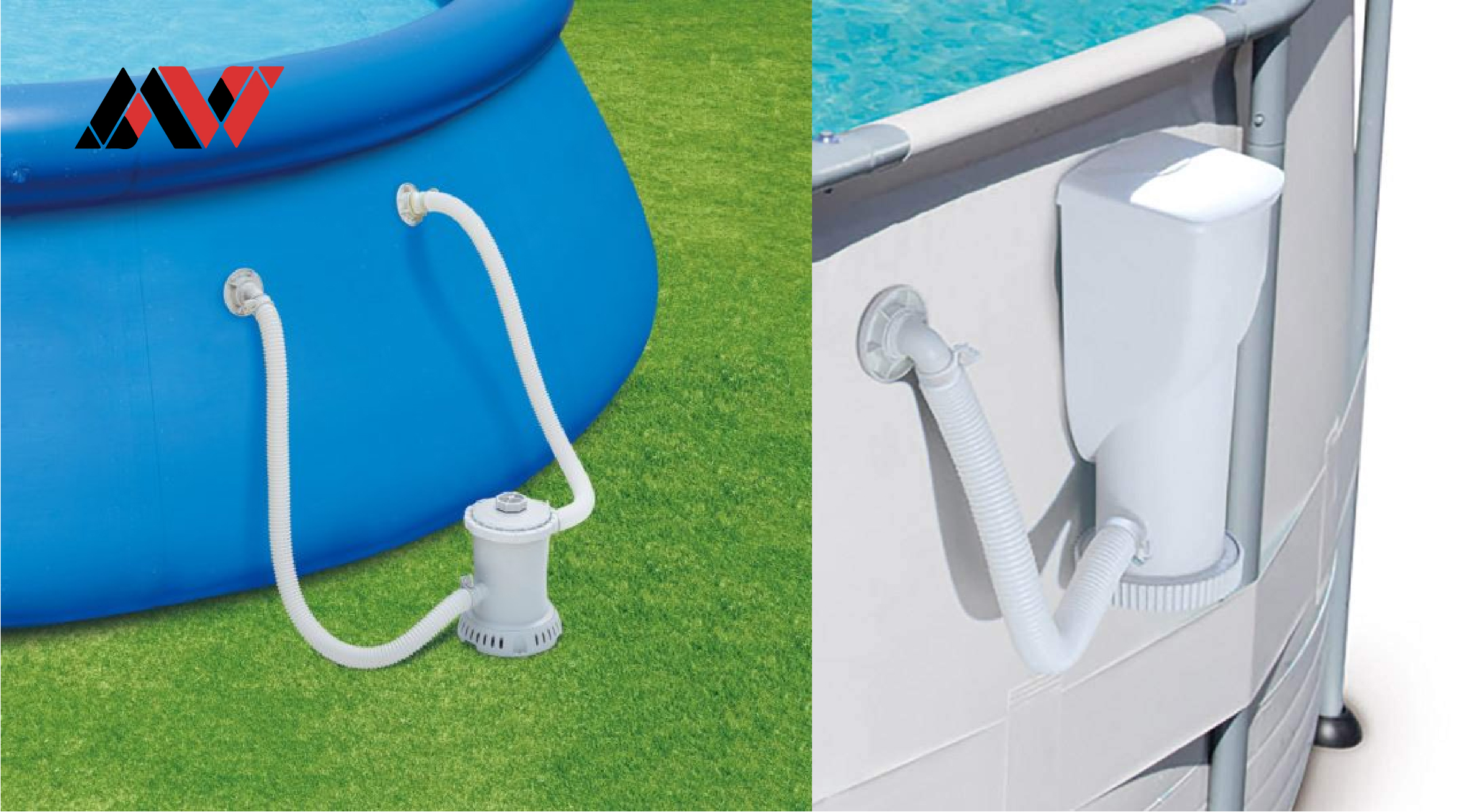Winter brings its share of beauty, with snow-covered landscapes and cozy nights, but it also brings a host of challenges, especially for homeowners and businesses trying to keep their driveways, walkways, and other surfaces clear of ice. Ice can be hazardous, causing accidents and injuries if not properly managed. One of the most effective solutions to this problem is ice melt, a widely used product designed to break down ice and snow, making surfaces safer and easier to navigate.
What is Ice Melt?
Ice melt is a chemical compound designed to lower the freezing point of water, allowing ice and snow to melt even when temperatures drop below freezing. It works by creating a brine solution when mixed with ice, which disrupts the bond between ice and the surface, making it easier to remove or causing it to melt completely. Ice melt comes in various forms, including pellets, granules, or liquids, and is commonly used on sidewalks, driveways, parking lots, and roads during the winter months.
Although many people refer to it as “salt,” ice melt is not limited to just sodium chloride (common table salt). There are various types of ice melt products that use different chemical compositions, each with its own advantages and disadvantages depending on factors such as temperature, surface type, and environmental impact.
Types of Ice Melt
Understanding the different types of ice melt available can help you choose the right product for your specific needs. Each type varies in terms of effectiveness, price, and environmental footprint. Here are the most common types:
1. Sodium Chloride (Rock Salt)
Sodium chloride, commonly known as rock salt, is the most traditional and widely used type of ice melt. It works best in temperatures above 20°F (-6°C) and is effective for general de-icing purposes. Rock salt is inexpensive and easily accessible, which is why it’s often the go-to option for municipalities and homeowners.
Pros:
- Affordable and widely available.
- Effective for basic ice melting tasks at moderate temperatures.
Cons:
- Ineffective in extremely low temperatures.
- Can be corrosive to concrete, metals, and vehicles.
- Harmful to pets, plants, and the environment in large quantities.
2. Calcium Chloride
Calcium chloride is one of the most effective ice melts in low temperatures, working down to -25°F (-32°C). It absorbs moisture from the air, which helps it start the melting process quickly. Due to its high efficiency and ability to work in extreme cold, calcium chloride is often used in more severe winter conditions.
Pros:
- Highly effective in extremely cold temperatures.
- Fast-acting, starts melting ice immediately upon contact.
- Requires smaller amounts to achieve results.
Cons:
- More expensive than rock salt.
- Can be corrosive to surfaces over time.
- May cause skin irritation if not handled properly.
3. Magnesium Chloride
Magnesium chloride is another popular ice melt that works effectively at temperatures as low as -13°F (-25°C). It’s considered to be less corrosive and gentler on surfaces compared to sodium chloride and calcium chloride. Many people prefer magnesium chloride because it’s seen as a more environmentally friendly option.
Pros:
- Works in moderately cold temperatures.
- Less corrosive and safer for surfaces.
- Lower environmental impact than some alternatives.
Cons:
- Still has some environmental downsides, especially when used in large quantities.
- Can be more expensive than rock salt and sodium chloride.
4. Potassium Chloride
Potassium chloride is often marketed as a more eco-friendly ice melt option, though it is less effective in extremely cold temperatures. It is primarily used in milder winter conditions and is often included in blends with other types of ice melts to improve performance. Potassium chloride is considered safer for pets and plants.
Pros:
- Safer for the environment and pets compared to sodium chloride.
- Mildly corrosive, making it a good option for sensitive surfaces.
Cons:
- Less effective in very low temperatures (works best above 15°F).
- More expensive and less commonly available than other options.
5. Urea (Carbonyl Diamide)
Urea, commonly used as a fertilizer, can also serve as an ice melt. It is non-corrosive and safe for pets and plants, but its ice-melting properties are relatively weak compared to other chemical options. Urea is often used in delicate environments where other ice melts might cause harm, such as around gardens or near vegetation.
Pros:
- Safe for pets, plants, and the environment.
- Non-corrosive, making it safe for all surfaces.
Cons:
- Less effective at melting ice.
- Works best at temperatures above 25°F (-4°C).
- Can promote algae growth in water runoff if overused.
6. Blended Ice Melts
Many ice melts on the market are blends of different chemicals, combining the strengths of various types to create a more versatile and effective product. These blends often contain a mix of sodium chloride, calcium chloride, magnesium chloride, and other compounds. The goal of blended ice melts is to balance effectiveness, cost, and environmental safety.
Pros:
- Provides a balanced approach to ice melting.
- More effective across a range of temperatures.
- Often designed to minimize environmental impact.
Cons:
- Can still be harmful to pets, plants, and surfaces if overused.
- Varies in effectiveness depending on the blend composition.
How to Use Ice Melt Effectively
Using ice melt correctly is crucial to ensure both effectiveness and safety. Applying too little may not sufficiently melt the ice, while overuse can damage surfaces and harm the environment. Here are some key tips on how to use ice melt properly:
1. Pre-Treat Surfaces
Before a snowstorm or when icy conditions are expected, applying ice melt to walkways, driveways, and other surfaces can prevent ice from forming or bonding tightly to the ground. This makes snow removal easier and reduces the amount of ice melt needed after the storm.
2. Spread Evenly
Using too much ice melt in one spot can lead to excessive runoff and damage surfaces. It’s important to spread the ice melt evenly over the affected area. You can use a handheld spreader or scoop to ensure even distribution.
3. Don’t Over-Apply
Many people mistakenly believe that more ice melt means faster results. In reality, applying too much ice melt can damage concrete, harm nearby plants, and create hazardous runoff. Use only the recommended amount for the specific product you’re using.
4. Clear Snow First
Ice melt works best when applied directly to ice, not snow. After a snowstorm, shovel or plow away as much snow as possible before applying the ice melt. This ensures the product can reach the surface and do its job effectively.
5. Wear Protective Gear
When handling chemical ice melts, it’s a good idea to wear gloves and avoid direct contact with the skin, as some products can cause irritation. Also, be mindful of pets that may walk on surfaces treated with ice melt, as it can stick to their paws and cause discomfort.
Environmental Impact of Ice Melt
While ice melt plays a critical role in maintaining safe conditions during winter, it can also have a negative environmental impact if not used carefully. The runoff from melting ice, combined with the chemicals from ice melt products, can infiltrate soil and water sources, affecting plants, animals, and aquatic ecosystems. Sodium chloride, in particular, has been shown to cause damage to roadside vegetation and can contribute to water pollution.
Additionally, the use of ice melt can affect concrete, asphalt, and vehicles. Over time, many ice melt chemicals can cause corrosion to these surfaces, leading to costly repairs or replacements.
How to Minimize Environmental Impact
- Use Eco-Friendly Products: Look for ice melt products labeled as environmentally friendly or safe for pets and plants. These products typically contain magnesium chloride, potassium chloride, or urea, which have lower environmental risks.
- Limit Usage: Only use the necessary amount of ice melt to achieve the desired effect. Overuse can contribute to environmental harm and increase the likelihood of surface damage.
- Clean Up Residue: After the ice has melted, clean up any excess ice melt left behind to prevent it from being washed into storm drains or lawns.
- Consider Alternatives: In some situations, sand or gravel can be used as an alternative to ice melt for providing traction on slippery surfaces without the chemical impact.
Conclusion
Ice melt is a vital tool for combating icy conditions during winter, but it’s important to use it responsibly. With various types of ice melt available, including rock salt, calcium chloride, and more eco-friendly options like magnesium chloride and urea, consumers have the flexibility to choose a product that meets their needs while considering factors such as temperature, cost, and environmental impact.
Read more: Where Is Medvedev From? Exploring the Background and Roots of Tennis Star Daniil Medvedev




